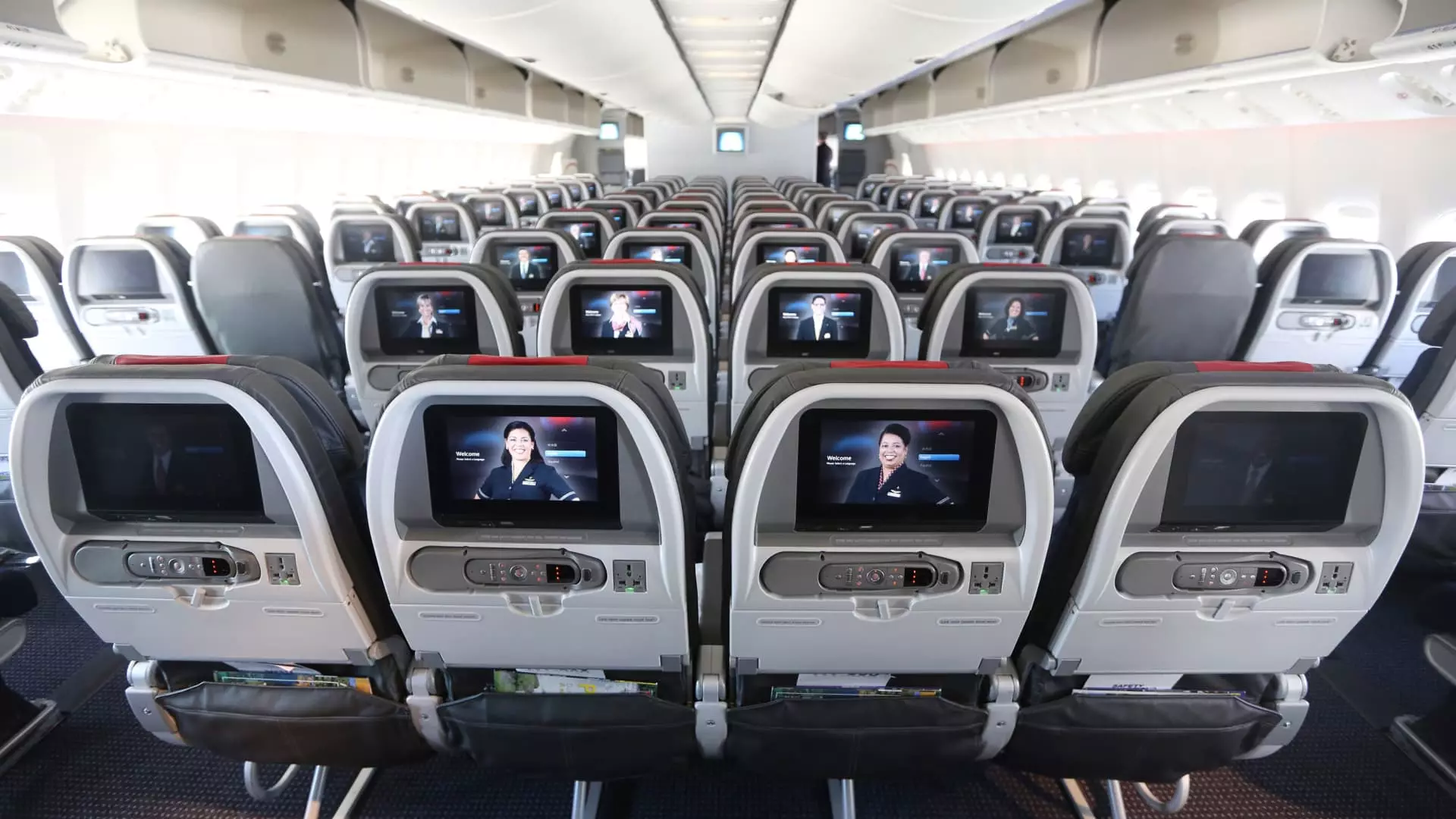The airline industry has faced significant pressure over the last few years to innovate and enhance the passenger experience. Among the growing demands from travelers, the desire for complimentary inflight Wi-Fi stands out prominently. American Airlines has recently announced its initiative to test free Wi-Fi on select routes, a move that could potentially reshape customer expectations across the aviation sector. This trial comes amid increasing competition, as more airlines recognize the need to provide complimentary connectivity in order to attract and retain customers.
The trial will be conducted on three routes: from Charlotte Douglas International Airport to Raleigh-Durham International Airport, from Charlotte to Jacksonville International Airport, and a route from Miami International Airport to Chicago O’Hare International Airport. These initial tests will allow American Airlines to gather critical data on user demand and service capacity, helping to understand whether a broader rollout is feasible in the future. Notably, American Airlines has faced criticism over its pricing strategies, with Wi-Fi access often exceeding $20—a significant barrier for many travelers who find free services offered by competitors more appealing.
The shift towards complimentary Wi-Fi is not isolated to American Airlines. Delta Air Lines has already implemented free Wi-Fi for its SkyMiles loyalty program members, while United Airlines has plans to introduce complimentary connectivity through a partnership with Elon Musk’s Starlink satellite technology. Other airlines, like JetBlue and Hawaiian Airlines, have similarly embraced this trend. These advancements signify a major shift in the industry, reflecting a broader acknowledgment among operators that free inflight Wi-Fi is rapidly becoming an expected amenity, rather than an added luxury.
Despite these promising developments, American Airlines must navigate significant challenges. Heather Garboden, the airline’s chief customer officer, highlighted in a recent memo that this trial is crucial not only for assessing customer satisfaction but also for rebuilding trust after setbacks in business travel strategies last year. The failure to effectively meet business traveler needs has created a pressing need to reverse customer dissatisfaction, and the introduction of free Wi-Fi could serve as a much-needed remedy.
Looking toward the future, the question remains whether American Airlines will expand this complimentary service network-wide. The company must carefully analyze the outcomes of the test flights, considering factors such as customer feedback and operational capacity. The competitive landscape is evolving rapidly, and American’s previous strategies have already shown how quickly customer loyalty can shift. By prioritizing improvements in inflight services, American Airlines may not only meet current expectations but also position itself favorably in the ongoing battle for market share in a highly competitive industry.
The effort to introduce free Wi-Fi signifies an important turning point for American Airlines, aligning with industry trends and addressing a critical passenger demand. As the airline moves forward, continual adaptation and responsiveness to customer needs will be vital for its success in an increasingly interconnected world.

